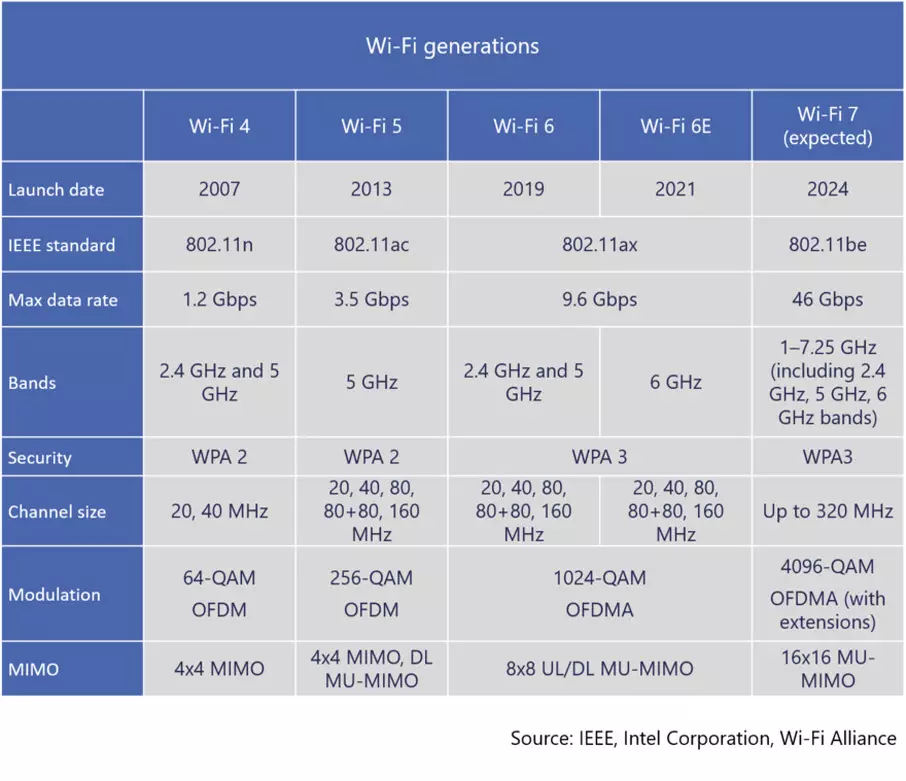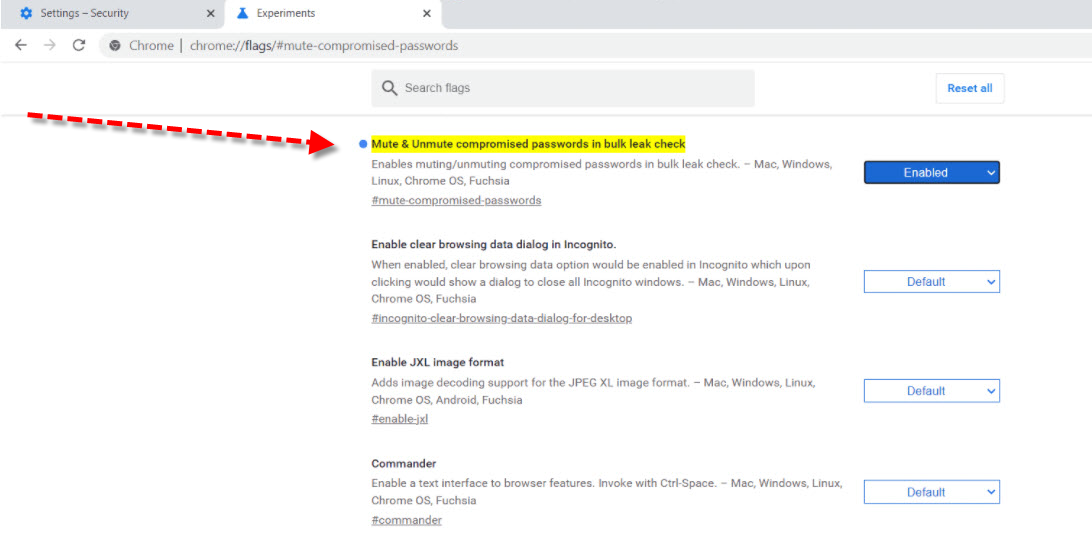
Currently with the Wi-Fi 6 standard, the Gigabit Ethernet ports that routers have are very limited, and on many occasions we have a bottleneck in the wired Ethernet interface. This means that the WiFi wireless network is faster than the wired network, so we cannot make the most of the WiFi network because the limitation is in the wired Ethernet standard itself. With Wi-Fi 6E this problem increases, since we have a dedicated frequency band and the 160MHz of channel width, however, the next version WiFi 7 It will force manufacturers to launch routers with Multigigabit ports so as not to have a bottleneck in the wired network.
Gigabit ports doomed to disappear
The next Wi-Fi 7 standard is going to make Gigabit Ethernet technology or also known as 1000BASE-T completely obsolete, and that is because we are not only going to have a much higher theoretical speed, but the real speed is going to be able to reach more than Real 2Gbps without much trouble. Due to this very high wireless speed, we are going to need to use faster standards than the typical Gigabit Ethernet, such as 2.5G Multigigabit and we could even see 5G Multigigabit and even 10G ports so as not to have a bottleneck with the new Wi-Fi standard. 7.
Today many Wi-Fi 6 and Wi-Fi 6E routers already have a 2.5G Multigigabit port for the LAN, thanks to this port we will be able to maximize the potential of the wireless network, something that with 1Gbps ports we couldn’t do. In this way, if we connect a NAS server or a PC to this 2.5G multigigabit port, we will be able to access speeds greater than 1Gbps via WiFi with our ultrabook or with a next-generation smartphone.
In the tests that we have carried out in RedesZone for a long time, we have verified that the maximum Wi-Fi 6E speed that we have achieved has been a real 1,450Mbps. With a wired connection that is Gigabit Ethernet, we would have achieved approximately 920Mbps in real life, however, we have been able to achieve up to an additional 500Mbps thanks to the use of the 2.5G multigigabit ports that are already incorporated in the main Wi-Fi 6 high-end routers and also the Wi-Fi 6E.
The main feature of the Wi-Fi 7 standard is that the maximum supported channel width is 320MHz, this means that with the same number of antennas, we will be able to achieve twice the theoretical and real speed of a router with a 160MHz channel width, so not only will the Gigabit Ethernet ports become obsolete, but the 2.5 ports G Multigigabit could start to be bottlenecked due to high wireless speeds. In addition, this new Wi-Fi 7 standard uses 4096-QAM quadrature amplitude modulation, instead of the 1024-QAM used by the Wi-Fi 6 and Wi-Fi 6E standards, so we will have an extra speed for every stream we have.
Why will we need Multigigabit ports?
If we take as an example the main routers and high-end Wi-Fi Mesh that we currently have, these devices usually use 4-stream, that is, we have four internal or external antennas for each of the frequency bands (2.4GHz, 5GHz and 6GHz). Regardless of whether we use Wi-Fi 6 or Wi-Fi 6E (it adds compatibility in the 6GHz band), the theoretical maximum speed of this type of device in 5GHz and in 6GHz is 4.804Mbps, because we have 160MHz of bandwidth. channel and 1024-QAM, with the aforementioned 4-stream configuration.
With the new Wi-Fi 7, if we have 4-Stream, the 320MHz of channel width it supports and the 1024QAM quadrature amplitude modulation, this speed automatically increases to approximately 11.5Gbps in theory. The difference between Wi-Fi 6/6E and Wi-Fi 7 is clear, we are going to have a little more than double the theoretical (and also real) speed, so a router with these characteristics must incorporate not only Multigigabit ports, but also which must be 5GBASE-T and even 10GBASE-T to be able to cope with the available bandwidth that we will have in the Wi-Fi wireless network. With this configuration in the router of the 4-Stream antennas, achieving real speeds of between 4-5Gbps is very feasible, logically we will never reach the theoretical speed of 11.5Gbps.
With the new Wi-Fi 7 standard, equipment with Gigabit ports will be completely obsolete, but 2.5G Multigigabit ports can also fall short if the router in question has more than 2 antennas, because the real speed will be dangerously close to the maximum of the wired standard, so manufacturers and we too will have to start acquiring equipment with 5G Multigigabit ports or higher, in order to make the most of the new Wi-Fi 7 standard.



